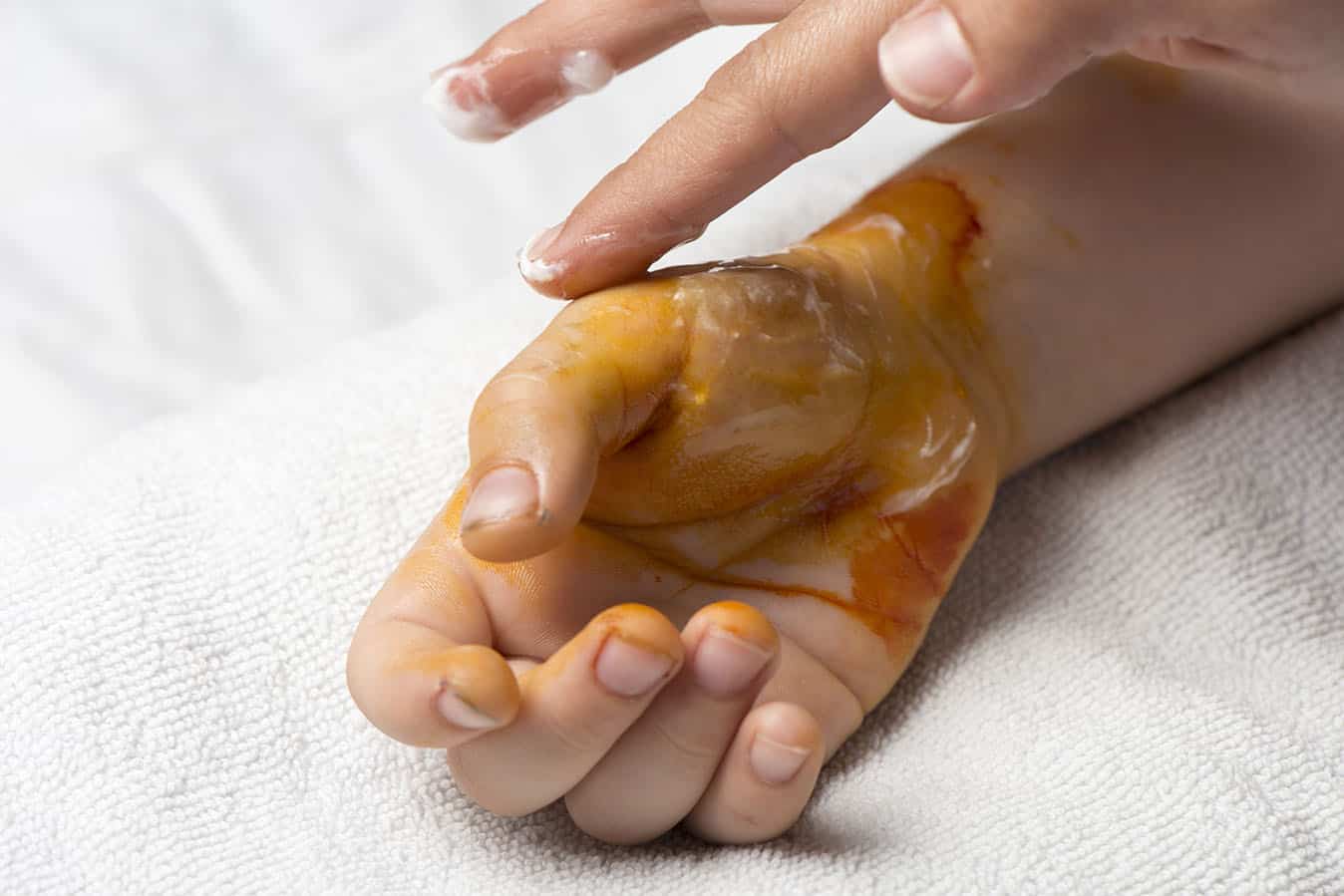
A nine-year analysis of Australian children hospitalised for burns has found Aboriginal and Torres Strait Islander children were admitted three times as frequently as non-Indigenous children and spent five times longer in hospital.
The study – conducted by Flinders University in conjunction with The George Institute for Global Health and UNSW School of Population Health – analysed data from the Burns Registry of Australia and New Zealand (BRANZ) on children under the age of 16 who were admitted to hospital with acute burns between October 2009 and July 2018.
“Aboriginal and Torres Strait Islander children represented 10.4% of burns admissions – triple the incidence of other children – and suffered more flame burns, more total body burns, and had a four times higher risk for contracting bacterial infections than other children,” says Flinders University’s Dr Courtney Ryder, lead author on the study.

Of the 6,980 children admitted for an acute burns injury, 723 identified as Aboriginal and/or Torres Strait Islanders.
In Australia 44% of Aboriginal and Torres Strait Islander children live in remote areas compared to 10% in the broader Australian population, which limits access to local specialised outpatient services.
“This remoteness, and the severity of burns sustained, are the main reason for the lengthier hospital stays,” Dr Ryder explains.
Burns are one of the most common injuries requiring medical attention for Aboriginal and Torres Strait Islander children. They are complex, resource intensive and costly to treat. Additionally, long admissions can cause significant trauma to children and their families, which impacts adversely on recovery and health outcomes.
“Burn survivors face months, or even years of ongoing treatment including further surgery and ongoing therapies, which places additional burdens on families, in addition to the physical, social and educational impacts on the child.” Dr Ryder says.
She says current burns care is based on Western medicine, focussing on the clinical characteristics of the injury. This is disconnected to Aboriginal and Torres Strait Islander models of health and well-being, which are holistic and interconnected and encompass the whole community.
“It is clear that we urgently need programs, policies, and clinical guidelines that target burns prevention and treatment in Aboriginal and Torres Strait Islander communities, and these must be cognisant of the health inequities experienced by First Nations communities, and tailored to their cultural needs to be effective.”
Links to published articles: Burn Injuries in Hospitalized Australian Children—An Epidemiological Profile, (C Ryder et al, Journal of Burn Care & Research)
Factors contributing to longer length of stay in Aboriginal and Torres Strait Islander children hospitalised for burn injury (C Ryder et al, Injury Epidemiology)

